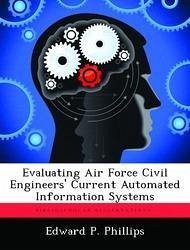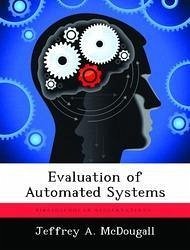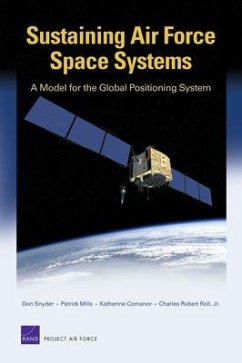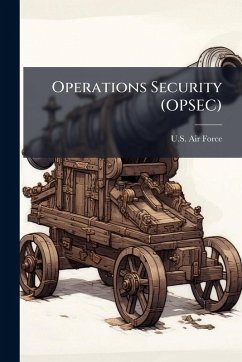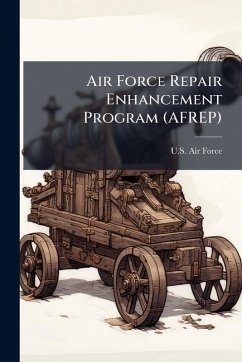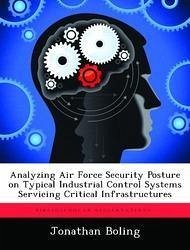
Analyzing Air Force Security Posture on Typical Industrial Control Systems Servicing Critical Infrastructures
Versandkostenfrei!
Versandfertig in über 4 Wochen
14,99 €
inkl. MwSt.

PAYBACK Punkte
7 °P sammeln!
Today's Air Force bases employ automated systems controlling critical functions such as power delivery, water processing, heating, ventilation and air conditioning (HVAC), and fuels delivery. These control systems have proliferated exponentially in the past several decades. Systems that were once manual or stand-alone are now automated and interconnected, vastly increasing reliability, convenience, and productivity, while decreasing maintenance costs and other costs of ownership. These conveniences come with a downside: the increase in risk of disruption, directly hampering mission accomplishm...
Today's Air Force bases employ automated systems controlling critical functions such as power delivery, water processing, heating, ventilation and air conditioning (HVAC), and fuels delivery. These control systems have proliferated exponentially in the past several decades. Systems that were once manual or stand-alone are now automated and interconnected, vastly increasing reliability, convenience, and productivity, while decreasing maintenance costs and other costs of ownership. These conveniences come with a downside: the increase in risk of disruption, directly hampering mission accomplishment, due to both natural and manmade disturbances. Factor in recently emerging threats such as the Stuxnet malware, and these vulnerabilities become more relevant. This research analyzes how Air Force Industrial Control Systems (ICS) are intricately tied to mission accomplishment at Air Force bases, and evaluates risk in the implementation, maintenance, and operation of these systems in a more holistic way. From this research, it is clear that Air Force ICS are at all levels of automation and maturity, from manual and electro-mechanical to fully processor-controlled. Further, Air Force ICSs are implemented in non-standardized ways, each unique to the systems involved, making it difficult to generalize the risks involved with interconnectivity. Finally, it is evident that at one large Air Force base, ICS system operators from cyber, civil engineering, security forces, operations, and maintenance functional areas do not understand how their systems rely on other base critical infrastructures. To solve these problems, stakeholders from all involved functional areas, at multiple staff levels, will need to collaborate, evaluate, prioritize, and execute to reduce risk. This work has been selected by scholars as being culturally important, and is part of the knowledge base of civilization as we know it. This work was reproduced from the original artifact, and remains as true to the original work as possible. Therefore, you will see the original copyright references, library stamps (as most of these works have been housed in our most important libraries around the world), and other notations in the work. This work is in the public domain in the United States of America, and possibly other nations. Within the United States, you may freely copy and distribute this work, as no entity (individual or corporate) has a copyright on the body of the work. As a reproduction of a historical artifact, this work may contain missing or blurred pages, poor pictures, errant marks, etc. Scholars believe, and we concur, that this work is important enough to be preserved, reproduced, and made generally available to the public. We appreciate your support of the preservation process, and thank you for being an important part of keeping this knowledge alive and relevant.



